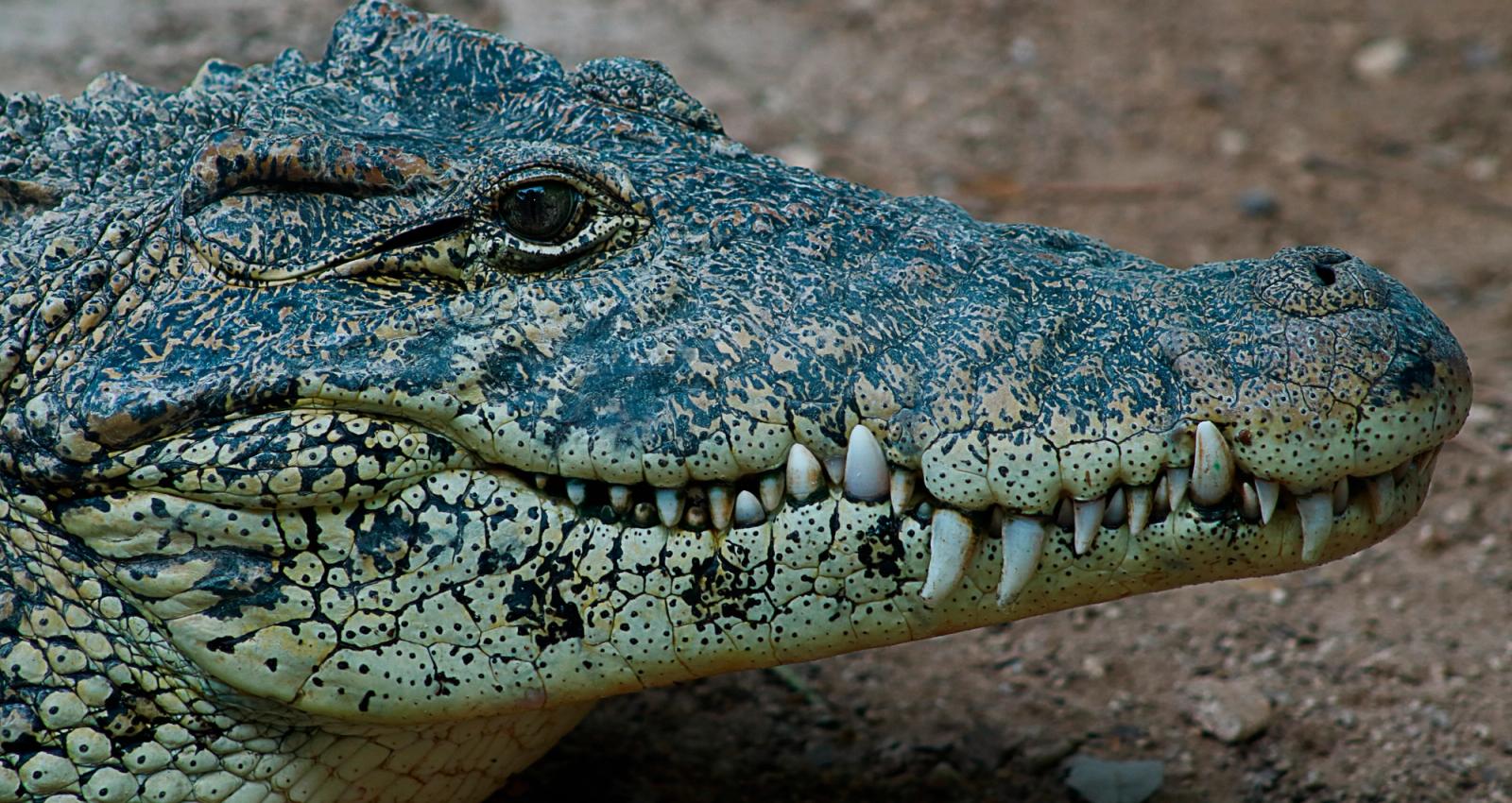Extinction Days
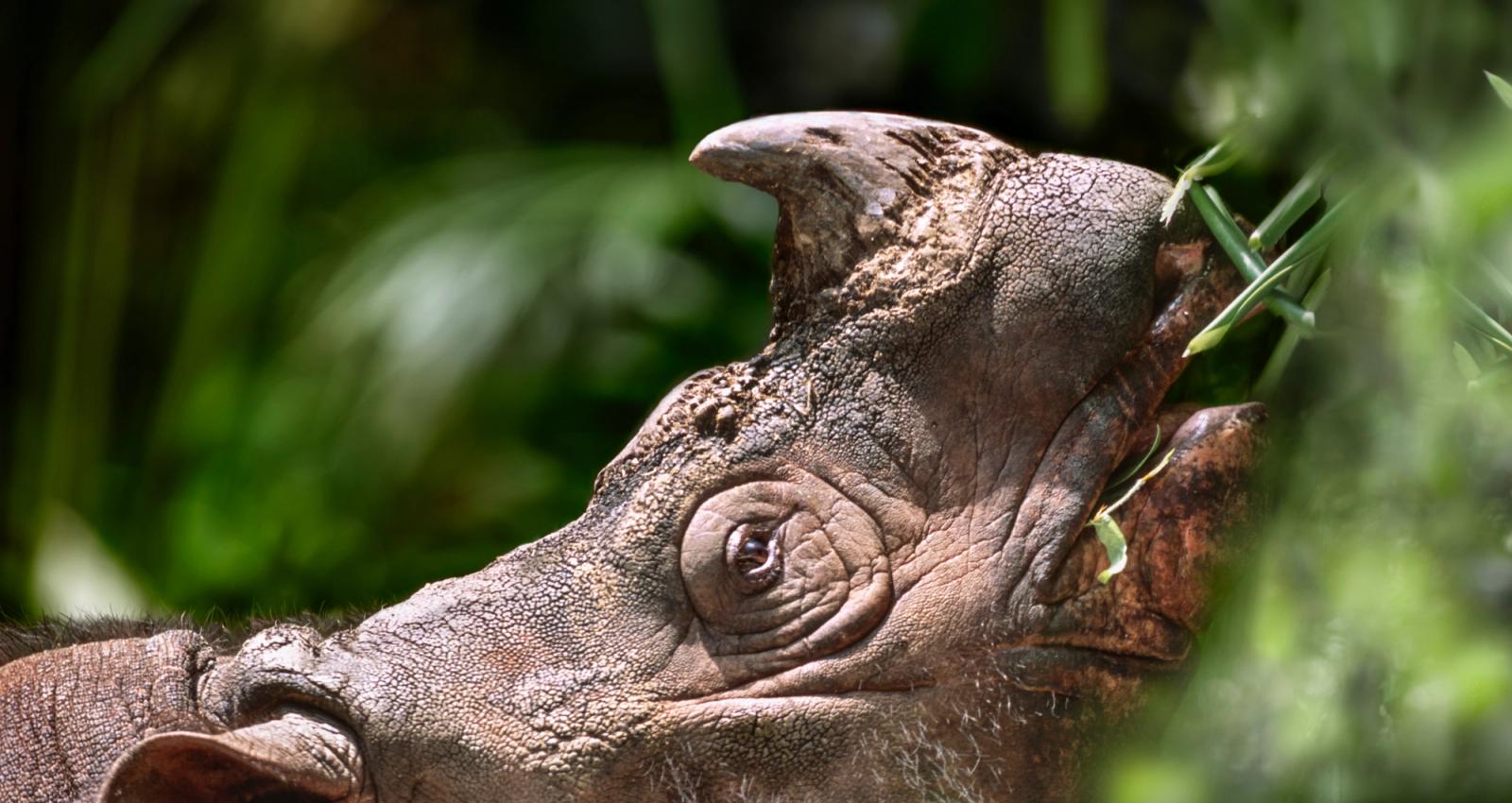

Right now 1 million species are facing extinction. Read more about the ones we have included in the Extinction Days calendar here - and about what threatens their existence.
The year of extinction has been determined by a leading scientist. The year is the expert’s ’best estimate’ for when the species is at risk of going extinct if no mitigating actions are taken. The suggested day and month have been selected randomly.
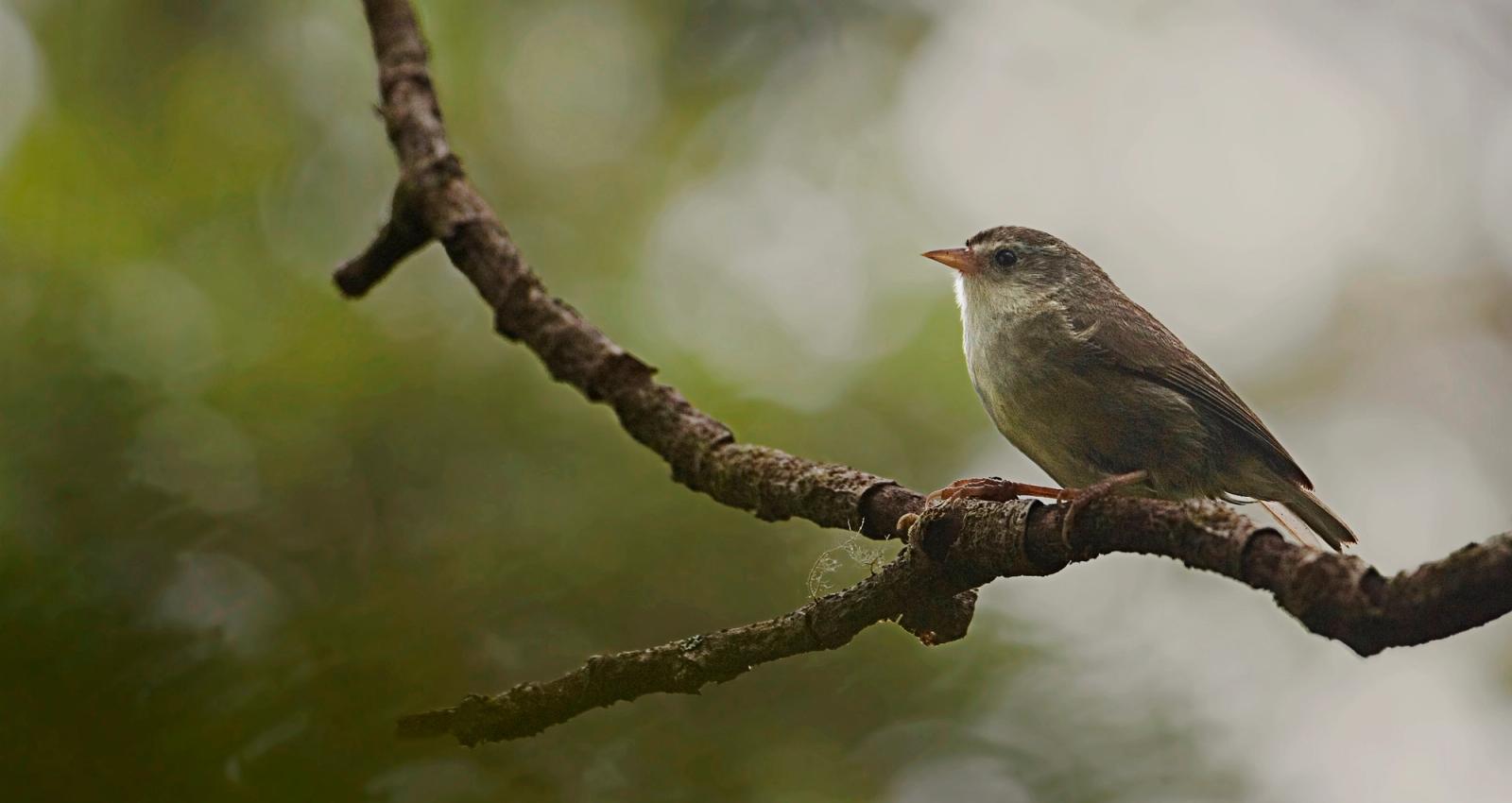
Right now 1 million species are facing extinction. Read more about the ones we have included in the Extinction Days calendar here - and about what threatens their existence.
The year of extinction has been determined by a leading scientist. The year is the expert’s ’best estimate’ for when the species is at risk of going extinct if no mitigating actions are taken. The suggested day and month have been selected randomly.
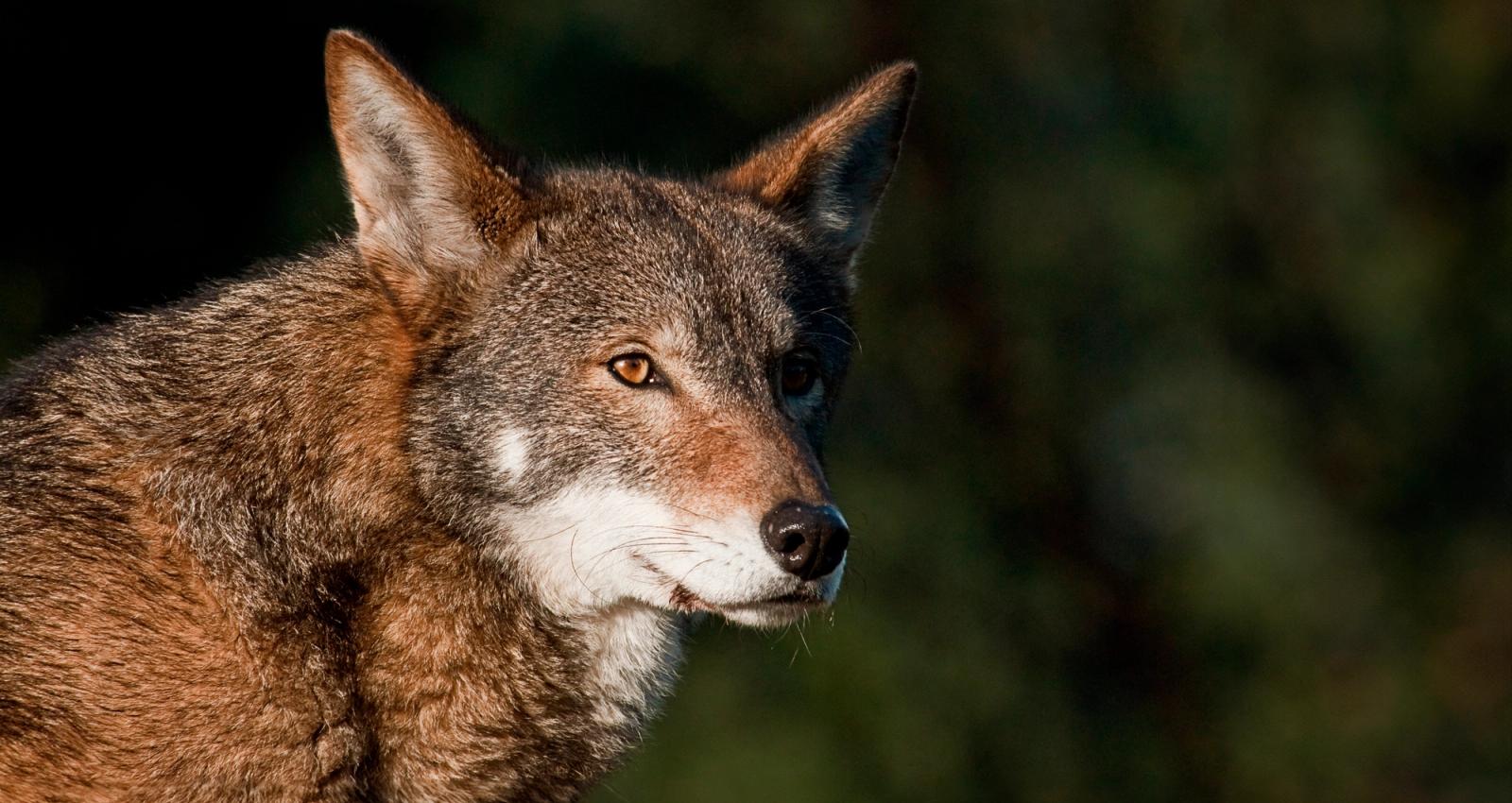
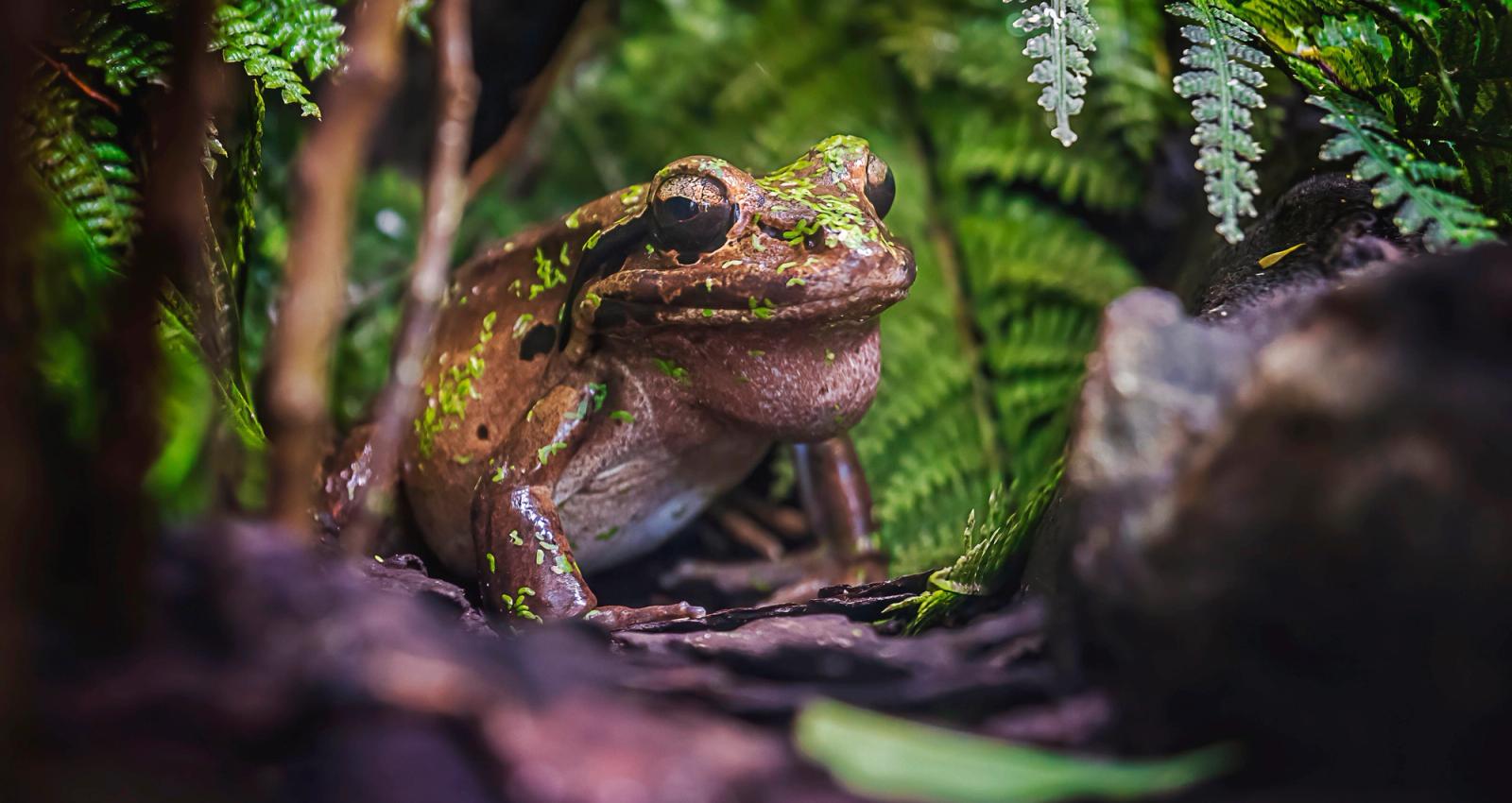
About Extinction Days
WWF Denmark has asked leading Danish and International scientists to estimate when a particular species risks extinction in the wild. The year is the expert's 'best estimate' for when the species is at risk of going extinct if no mitigating actions are taken. The suggested day and month have been selected randomly.
WWF has initially identified 11 different species, all at risk of extinction in the wild. The dates of their potential extinction have been inserted into a Google calendar that anyone can subscribe to. Each year, subscribers will be reminded of when we risk losing the selected species. Hopefully, this constant reminder will provide greater motivation to cancel these events.
The Sixth Mass Extinction
We have not lost animals and plants at the same rate we do today since the extinction of the dinosaurs 65 million years ago have. According to WWF's Living Planet Report from 2022, global populations of wild animals have declined by an average of up to 70 percent over five decades, while approximately one million species currently are at risk of extinction. Many species are endangered because their habitats are being destroyed or because they are intentionally or unintentionally killed by humans.
"We have never faced such a serious situation before. Every year, we lose thousands of species because we do not take good enough care of our planet. It is deeply concerning. Sometimes we need to make complex situations tangible, and that is why we are now putting faces on certain species whose obituaries have already been written unless we act on it. For example, we may risk losing both the Sumatran rhino, the red wolf, and the Cuban crocodile within the next 10-15 years if we do not make a special effort for these animals."
Bo Øksnebjerg, Secretary General of WWF-Denmark.
WWF fights for all wildlife
We all know iconic animal species like the tiger, the elephant, and the rhino. When we protect them, we also protect thousands of other valuable species. Because all life in nature, whether it's in the rainforest, on the coral reef, in the desert, or on the tundra, is interconnected in amazing ecosystems.
WWF works globally to protect animals when the situation is critical, safeguard animal habitats, combat illegal wildlife trade, and exert pressure on decision-makers.
About WWF - World Wide Fund for Nature
WWF (World Wide Fund for Nature) is one of the world's largest and most influential environmental organizations with over five million supporters globally. WWF has offices in more than 80 countries and over 1,200 projects worldwide. WWF's mission is to halt the degradation of the Earth's natural environment and to build a future where people live in harmony with nature. The Danish office, WWF Verdensnaturfonden, was founded in 1972 by His Royal Highness Prince Henrik. Learn more at wwf.dk

Supported by
